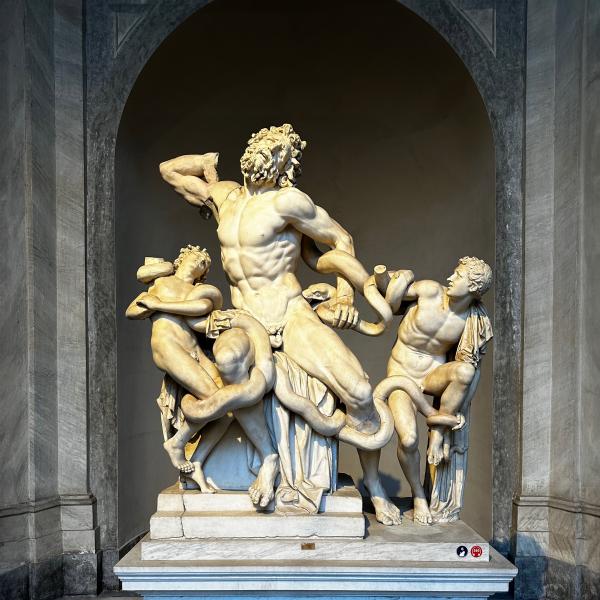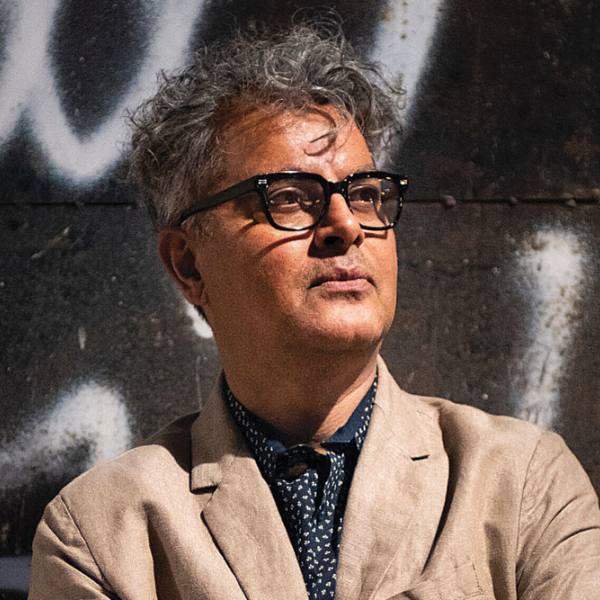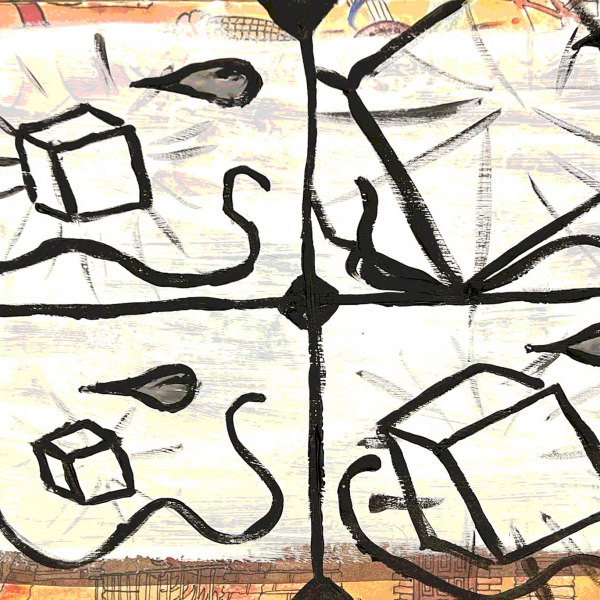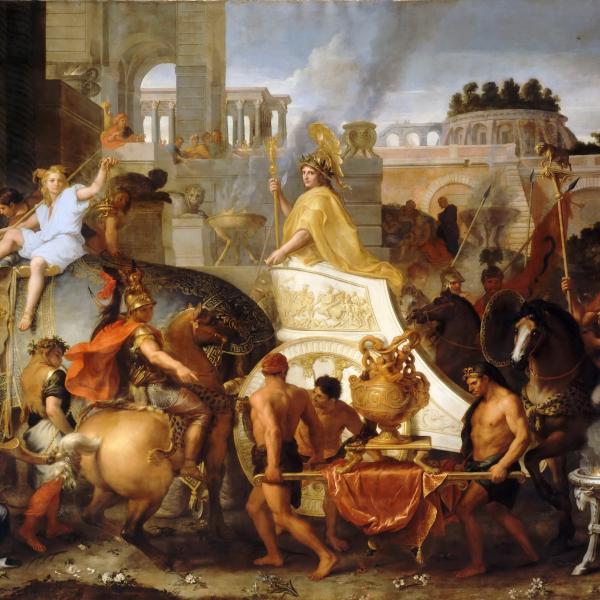By Andrea Friedman
Associate Professor
Department of History/Women, Gender, & Sexuality Studies Program
Stonewall, Roland Emmerich’s new film about the 1969 rebellion after a police raid at New York City’s Stonewall Inn, has been getting pummeled from all sides. The Stonewall uprising has been widely remembered as the beginning of a modern gay rights movement, the moment, as the film’s publicity materials proclaim, “When Pride Began.” While there are a number of documentaries that have focused on the birth of queer activism, including some that complicated the standard story in important ways, Stonewall is the first commercial treatment. It has generated outrage since advance publicity revealed that Emmerich chose to tell his tale through the fictional figure of Danny Winters, a handsome blond teen from Indiana who comes to New York City when he’s kicked out of his home for being gay. The film’s conceit is that Danny threw the first brick after the raid, providing the spark that ignited the movement for gay freedom and dignity. Numerous LGBTQ activists and organizations have condemned that story line for “whitewashing” movement history by displacing transgender and queer New Yorkers of color from their place at its center to supporting roles. Most film critics have agreed. And, at least in its first weekend, the movie bombed at the box office: More people signed a petition supporting a boycott than bought a ticket to see it.
 The question of who sparked the uprising has long been contentious, and there is no definitive answer. There were undoubtedly many white folks, including homeless kids from the Midwest, in the crowds at the bar that night, and we simply don’t know who threw the first punch, or the first brick, or the first penny in a shower of coins that rained down on the police to call them out for their corruption. But the debate about Stonewall is less about who acted first than about what has happened since that night in Greenwich Village. While Emmerich has explained his narrative choices in terms of appealing to the broadest audience possible — tests showed that heterosexuals sympathized with the “straight-acting” Danny, he told Buzzfeed — the selection of Danny as hero mirrors the very coming-out story that has anchored prescriptive understandings of gay identity over the last five decades. (I use “gay” here purposefully to highlight the position of white homosexual men at the center of this story. For Emmerich’s responses to the controversy, see here and here.)
The question of who sparked the uprising has long been contentious, and there is no definitive answer. There were undoubtedly many white folks, including homeless kids from the Midwest, in the crowds at the bar that night, and we simply don’t know who threw the first punch, or the first brick, or the first penny in a shower of coins that rained down on the police to call them out for their corruption. But the debate about Stonewall is less about who acted first than about what has happened since that night in Greenwich Village. While Emmerich has explained his narrative choices in terms of appealing to the broadest audience possible — tests showed that heterosexuals sympathized with the “straight-acting” Danny, he told Buzzfeed — the selection of Danny as hero mirrors the very coming-out story that has anchored prescriptive understandings of gay identity over the last five decades. (I use “gay” here purposefully to highlight the position of white homosexual men at the center of this story. For Emmerich’s responses to the controversy, see here and here.)
At the center of that story is the rural youth who cannot be truly gay unless and until he travels to the big city, and stays there. Jack Halberstam coined the term “metronormativity” to describe the linked sets of binaries — urban/tolerance/visibility vs. rural/hostility/closeted — that structure the standard narration of the journey to an authentic sexual self for gay people. Embedded within this urban/rural dichotomy are additional binaries, including modern and primitive, butch (as in “straight-acting”) and fem (as in drag and trans), pride and shame. It is metronormativity, in all these meanings, that places Danny at the forefront of gay history.
As the middle-class, modern subject whose move to New York City has allowed him to come to terms with himself as a righteously gay man, Danny is uniquely fitted to show his urban but unsophisticated drag queen and sex worker friends the true path towards freedom, equality and pride. Their courage inspires him, but only he can translate that courage into political action. Emmerich has misapprehended much of the criticism directed toward Stonewall, insisting that “the film is racially and sexually far more diverse than some people appear to think.” And, in fact, Danny is surrounded by queer and transgender youth of color who are portrayed quite sympathetically. But diversity is not really the issue here. When Emmerich explains that “Danny is like the catalyst … [The street hustlers] teach him about survival. Through him, we experience them,” he articulates a logic about the path to gay political consciousness that has long been familiar but is increasingly being challenged.
Equally disturbing, Stonewall explains Danny’s path to activism via a particularly conservative version of gay sexuality. Danny’s passions are for manly men: Joe, the quarterback on his high school football team who betrays Danny by his failure to admit to his own homosexuality; Trevor, the political activist who betrays Danny with another young man. These failures of love are the motor that drives Danny. Joe’s betrayal sends him to the big city. Trevor’s betrayal is perhaps even more fundamental: It’s what convinces him to throw that brick. But the most important failure of love, and the least problematized one, is Danny’s inability to reciprocate the love of Ray, the Puerto Rican street kid/sex worker/fem, and the true ethical center of the film, one of two main characters (the other being Danny’s little sister) who do not fail him. “I can’t love you,” Danny says to Ray, “we’re too different.” That difference only makes sense in the light of the binaries that undergird notions of normative gayness. Ray is too dark to be the object of Danny’s desire, too feminine, too poor, too willing to betray himself by selling sex in order to survive. Ray can be his sister, Danny maintains, but not his lover, just before he journeys back to Indiana to once again pursue Joe. The film naturalizes both Danny’s rejection of Ray and his persistent love for Joe, embedding a certain kind of sexual desire at the core of gay identity.
In the end, we’re left with a story that ties the gay rights movement — the one that ultimately came to be centered around the demand for the right to state-sanctioned monogamous marriage — to the authentic gay subject: urban, gender-conforming, white, searching for life-long monogamy with someone who looks and acts just like him (or, only implied here, her). The debate about Stonewall, then, is not only about how the history of this event has been told, a matter of who threw first, who was fiercest, whose activism is erased and whose invented. It is also about who the modern gay subject is, what sorts of love and lust should be honored and what sorts should be left behind, who belongs to the queer future and who belongs to the queer past.
Thanks to two unnamed comrades who agreed to see Stonewall with me and whose brilliant insights helped me to make sense of it.




